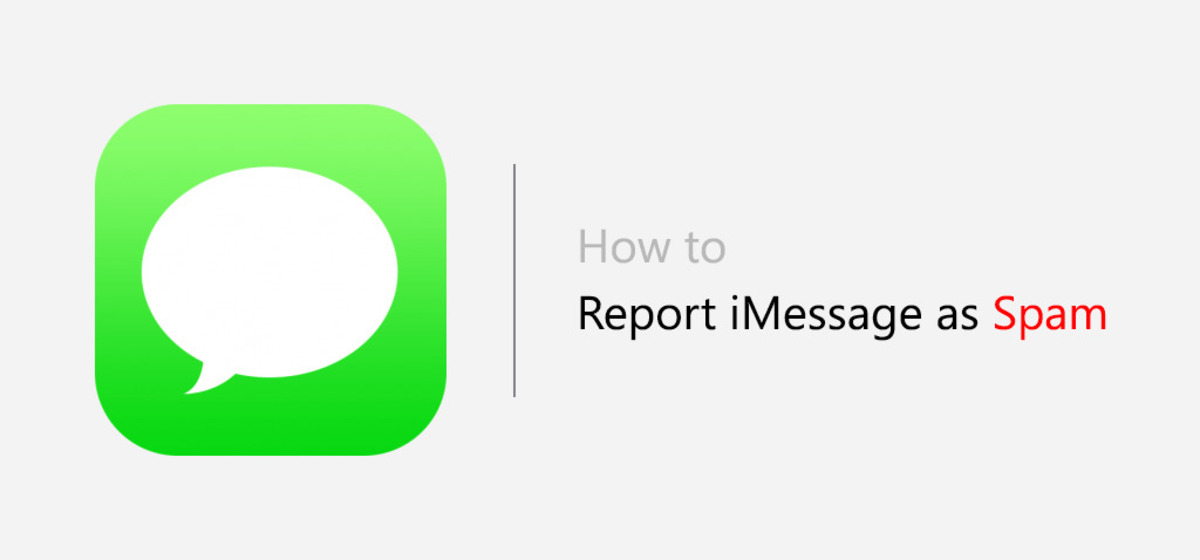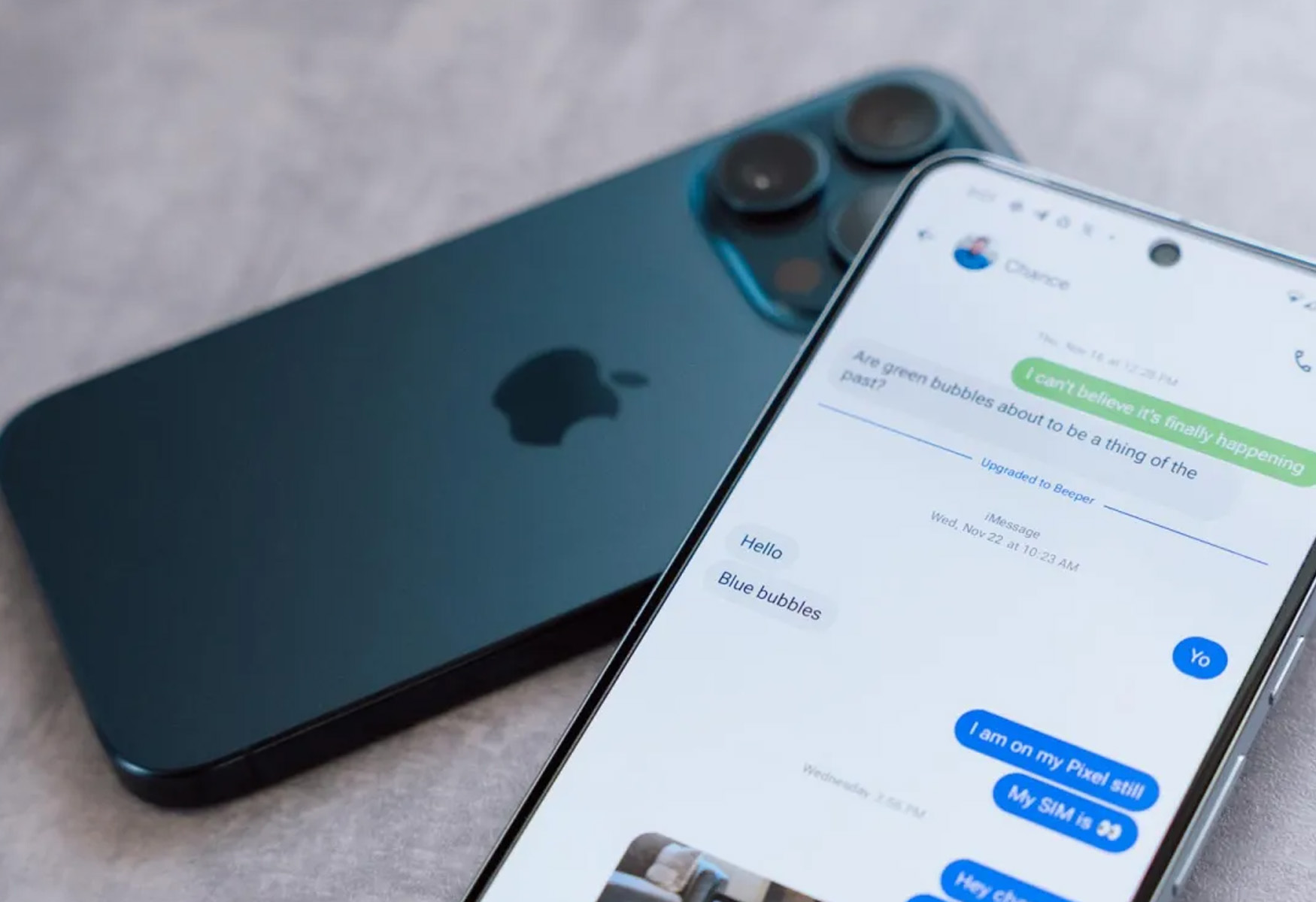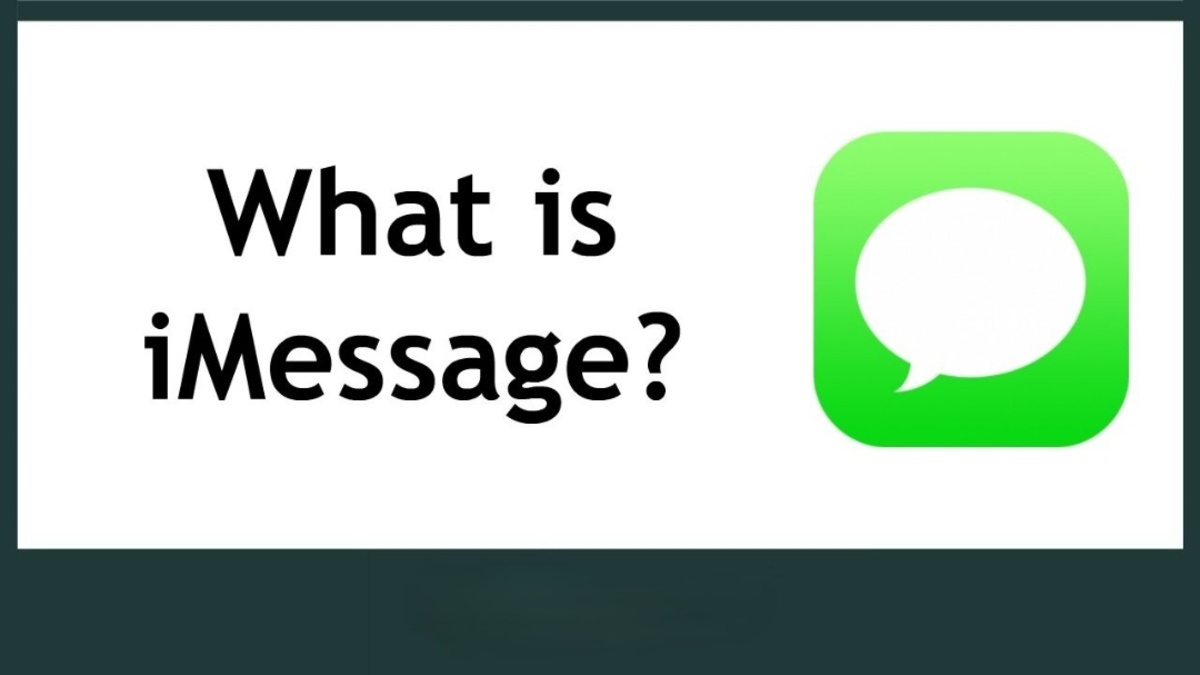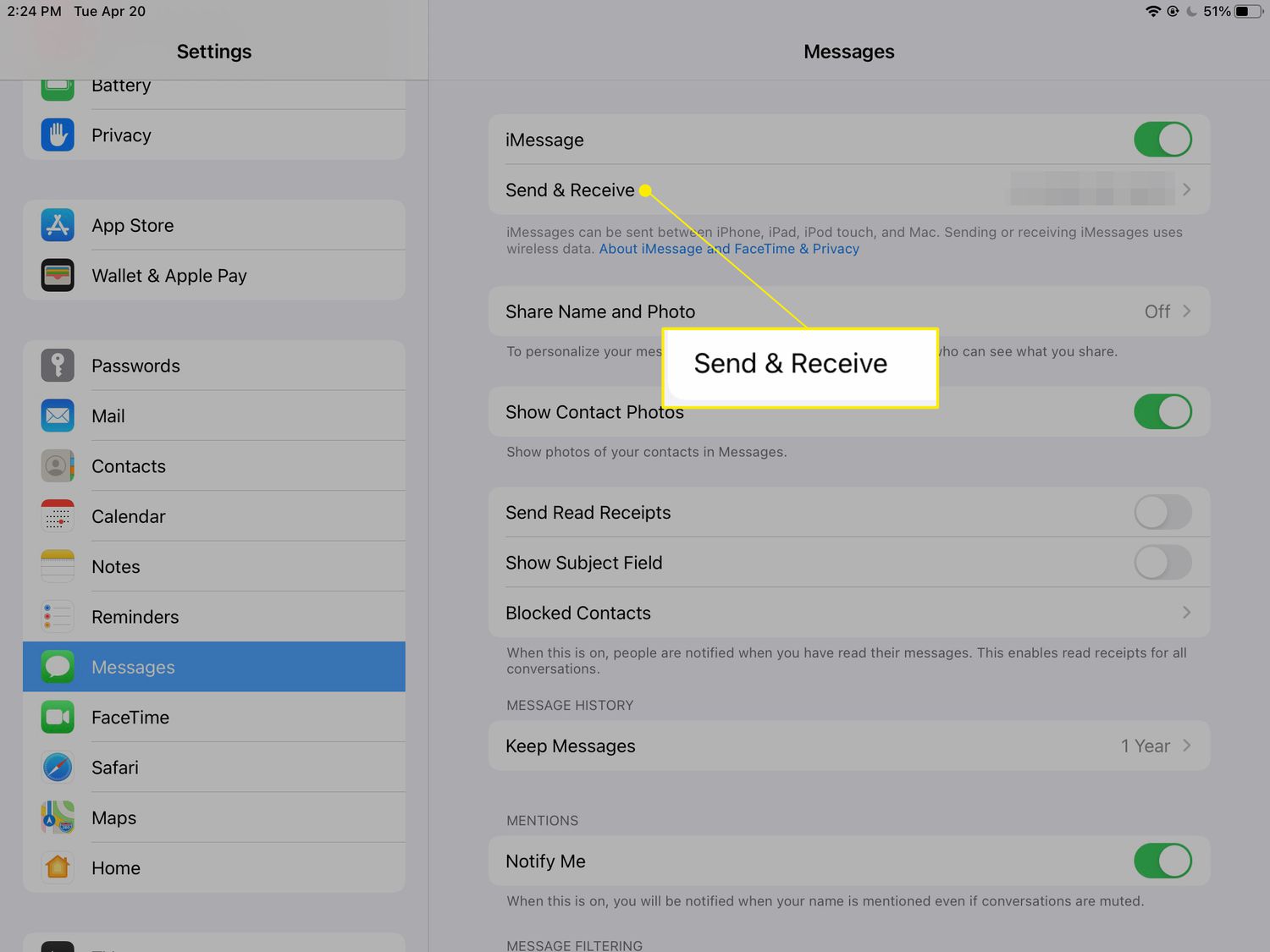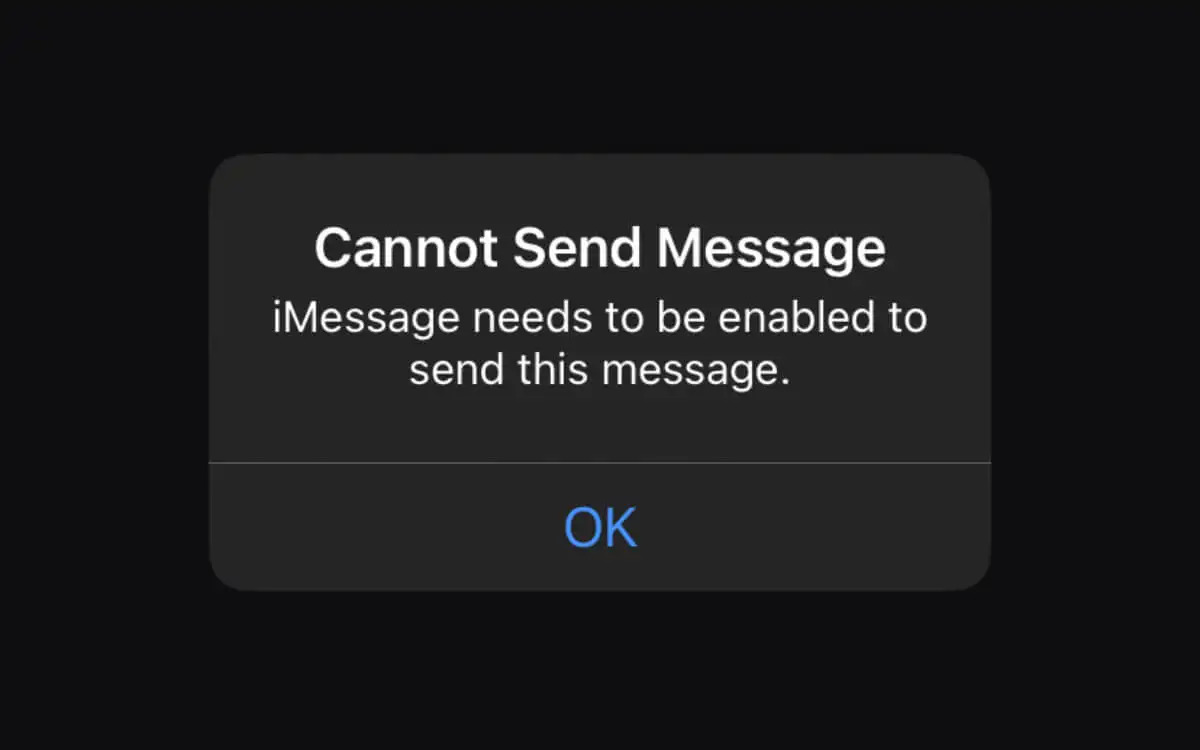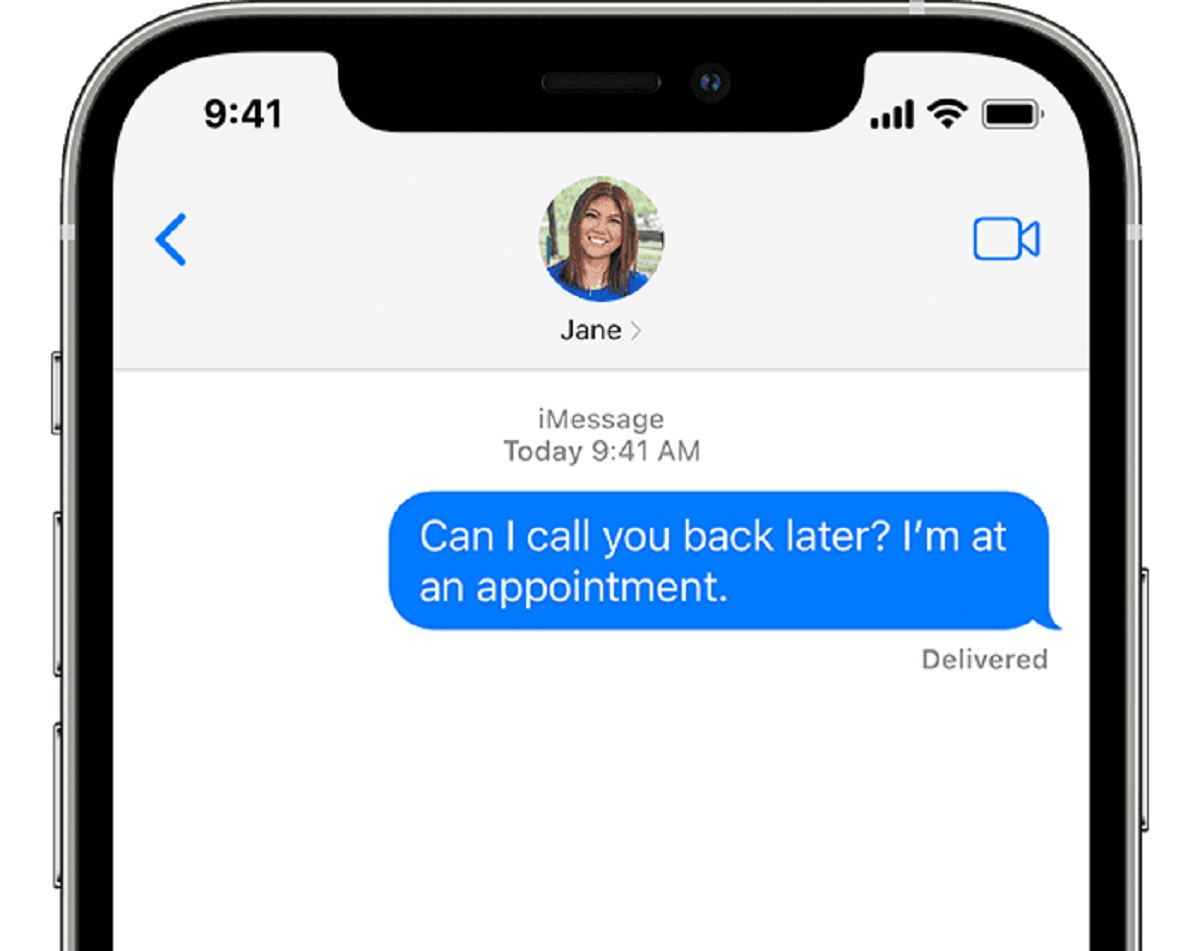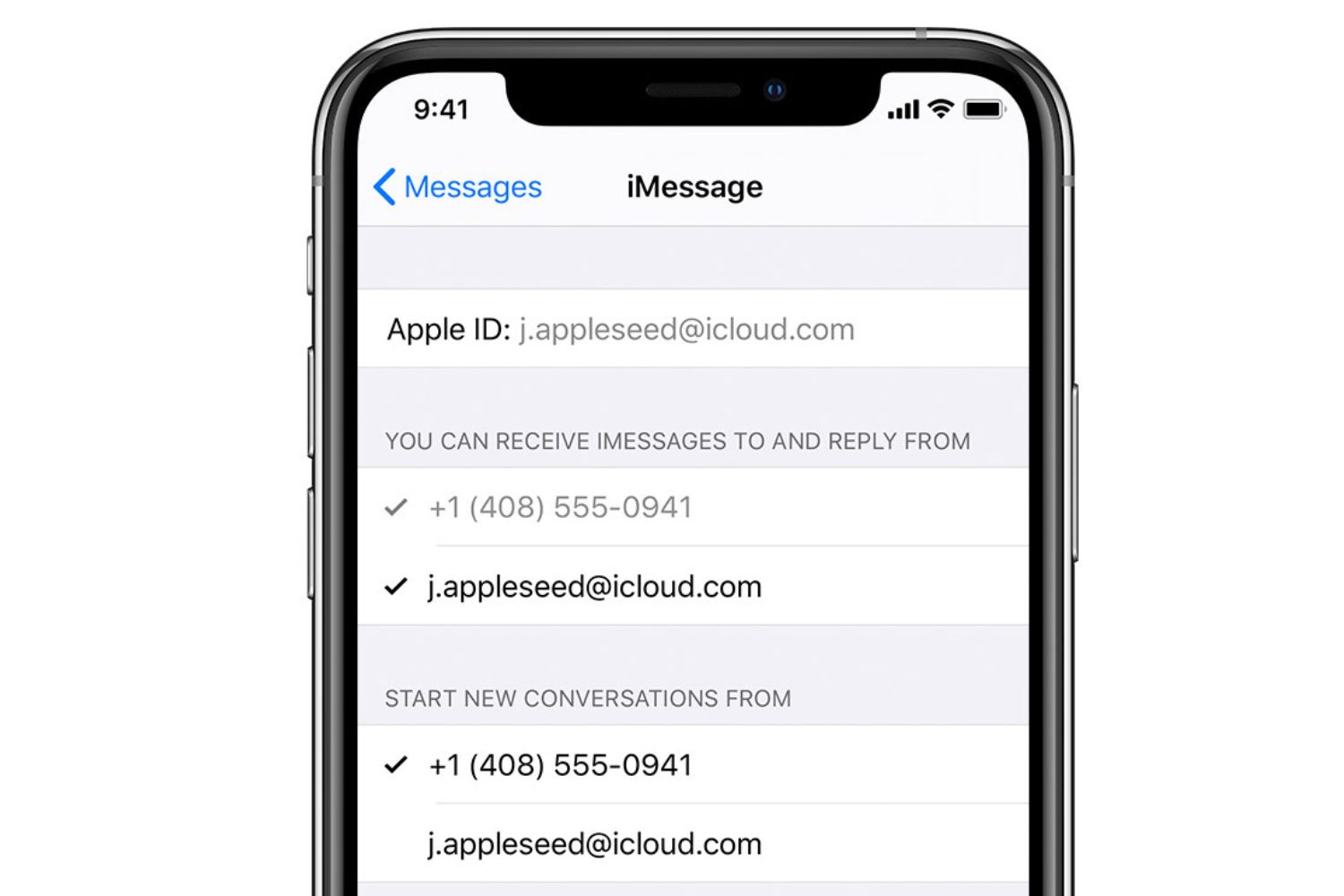Introduction
iMessage spam has become a prevalent issue for many users of Apple’s messaging service. If you regularly use iMessage, you may have experienced unwanted messages from unknown senders promoting products, services, or even fraudulent schemes. This type of unsolicited communication not only disrupts your messaging experience but can also put your personal information at risk.
iMessage spam refers to the unwanted and intrusive messages that users receive through Apple’s native messaging app, iMessage. While most spam messages are harmless advertisements, some may contain malicious links or attempt to trick users into revealing sensitive information. The influx of iMessage spam has led to concerns regarding privacy, security, and the overall user experience.
In this article, we will explore the impact of iMessage spam, its implications, and steps you can take to protect yourself from these unsolicited messages. By understanding the nature of iMessage spam and learning how to report and block it, you can ensure a safer and more enjoyable messaging experience.
What is iMessage Spam?
iMessage spam refers to unsolicited messages sent to Apple device users through the iMessage platform. These messages are typically promotional in nature or may even include attempts to scam or deceive recipients. Like email spam, iMessage spam aims to reach a wide audience, but through the means of Apple’s native messaging app.
Unlike traditional SMS messages, iMessage utilizes internet connectivity to send messages, allowing for more interactive and feature-rich conversations. However, this also opens the door for spammers to exploit the platform. iMessage spam can come in various forms, including text messages, images, videos, or even multimedia attachments.
The nature of iMessage spam can vary significantly. Some spam messages may simply be annoying advertisements for products or services, while others may attempt to deceive users into providing personal information or engaging in fraudulent activities. This could include messages claiming that the recipient has won a prize or offering exclusive deals that are too good to be true.
It’s worth noting that iMessage spam is not limited to individual users. Businesses and organizations may also encounter spam messages sent to their iMessage-enabled phone numbers, potentially leading to disruptions in their operations and customer communication.
While Apple has implemented security measures to combat iMessage spam, spammers constantly adapt and find new ways to bypass these safeguards. Therefore, it is crucial for users to remain vigilant and take steps to protect themselves from these unwanted messages.
Why is iMessage Spam a Problem?
iMessage spam poses several problems for users, ranging from being a nuisance to potentially compromising personal information and security. Understanding the implications of iMessage spam can help users recognize the importance of taking proactive measures to combat this issue.
Firstly, iMessage spam disrupts the overall user experience. Constantly receiving unsolicited messages can be frustrating and intrusive, hindering the smooth flow of conversations and causing unnecessary distractions. Users may find themselves having to sift through a barrage of spam messages to find genuine and important messages from friends, family, or colleagues.
Moreover, some iMessage spam messages may contain malicious links or attempt to deceive users into providing sensitive information. Clicking on these links or providing personal details could lead to identity theft, financial fraud, or malware infections on your device. Spammers often employ social engineering tactics, such as creating messages that appear urgent or official, increasing the likelihood of users falling into their traps.
Another issue with iMessage spam is its potential impact on businesses and organizations. Spam messages can flood business phone numbers, causing disruptions in operations and customer communication. Additionally, if customers receive spam messages purportedly from a business, it can damage their trust and reputation.
Another concern is the potential for iMessage spam to overload servers and consume bandwidth. As spammers send large volumes of messages, it can strain the infrastructure, causing delays in message delivery and affecting the overall performance of the iMessage platform.
To address these problems, it is crucial for users to report and block iMessage spam as soon as they encounter it. By doing so, not only can individuals protect themselves from potential threats, but they also contribute to the collective effort of making the iMessage platform safer and more secure for all users.
How to Recognize iMessage Spam
Recognizing iMessage spam is essential in order to take the necessary steps to report and block these unwanted messages. While some spam messages might be obvious, others can be more disguised and harder to identify. Here are some indicators to help you recognize iMessage spam:
- Unknown Sender: If you receive a message from a sender you don’t recognize or haven’t communicated with before, it may be a sign of iMessage spam. Be cautious when interacting with such messages.
- Unsolicited Offers or Promotions: iMessage spam often includes offers or promotions for products, services, or deals that you did not sign up for or request. These messages may be too good to be true or make unrealistic claims.
- Grammatical Errors or Poor Formatting: Many spam messages exhibit poor grammar, spelling mistakes, or formatting issues. These errors can be telltale signs of spam, as legitimate messages typically undergo proofreading and have better presentation.
- Requests for Personal Information: Be cautious of messages that ask for personal information such as passwords, social security numbers, or credit card details. Legitimate businesses and organizations typically do not request such information through iMessage.
- Unexpected Attachments or Links: If a message contains attachments or links that you were not expecting or seem out of context, it might be a spam message. Avoid clicking on unfamiliar links or downloading attachments from unknown senders.
It’s important to note that while these indicators can help you identify potential iMessage spam, spammers can be clever and may attempt to make their messages appear more legitimate. Therefore, it’s always prudent to exercise caution and not engage with suspicious messages.
By being vigilant in recognizing and reporting iMessage spam, you not only protect yourself but also contribute to a safer and spam-free iMessage experience for all users.
Step 1: Report the iMessage Spam to Apple
If you come across iMessage spam, it is important to report it to Apple so that they can take appropriate action to address the issue. Reporting spam helps Apple identify patterns and trends, allowing them to improve their spam filters and protect users from future instances. Here is how you can report iMessage spam:
- Open the spam message: Tap on the spam message in your iMessage inbox to open it.
- Tap on the sender’s name: In the upper part of the message screen, you will see the sender’s name or phone number. Tap on it to access additional options.
- Select “Report Junk”: In the menu that appears, choose “Report Junk”. This action informs Apple that the message is spam.
- Confirm the report: A prompt will appear asking you to confirm that you want to report the message as junk. Tap “Report Junk” to proceed.
By reporting iMessage spam to Apple, you play an active role in protecting yourself and other users from unwanted and potentially harmful messages. It is essential to promptly report spam messages as soon as you encounter them to help maintain the integrity of the iMessage platform.
Keep in mind that while reporting spam is important, it does not automatically block the sender or prevent future spam messages. To further protect yourself, it is recommended to follow the additional steps outlined in the following sections.
Step 2: Block the Sender of the iMessage Spam
In addition to reporting iMessage spam to Apple, you can take an extra step to block the sender of the spam messages. Blocking the sender ensures that you no longer receive any messages from them in the future. Here is how you can block the sender of the iMessage spam:
- Open the spam message: Tap on the spam message to open it in your iMessage inbox.
- Tap on the sender’s name: In the upper part of the message screen, you will see the name or phone number of the sender. Tap on it.
- Scroll to the bottom of the screen: Scroll down to the bottom of the screen to reveal additional options related to the sender.
- Select “Block this Caller”: Tap on the “Block this Caller” option. A confirmation prompt will appear.
- Confirm the block: Confirm your decision to block the sender by tapping “Block Contact”. This action will add the sender to your blocked contacts list.
Once you’ve blocked the sender, any future messages from that specific sender will be automatically routed to your blocked list, ensuring that you no longer receive their spam messages. This helps maintain a spam-free messaging experience and provides an additional layer of protection against iMessage spam.
It’s worth noting that blocking a sender does not retroactively delete the existing spam messages from your inbox. You can delete the spam messages manually or follow the next step to learn how to remove them from your message history.
Step 3: Delete the iMessage Spam
After reporting and blocking the sender of iMessage spam, it is essential to remove the spam messages from your message history to maintain a clutter-free and organized inbox. Deleting these messages helps ensure that you do not accidentally interact with or revisit the spam content. Follow these steps to delete the iMessage spam:
- Open the iMessage conversation: Locate the conversation containing the spam messages in your iMessage inbox.
- Swipe left on the spam message: Swipe left on the specific spam message you want to delete. This action reveals the “Delete” option.
- Tap “Delete”: Tap on the “Delete” button to remove the spam message. Repeat this step for each spam message you want to delete.
- Delete the entire conversation (optional): If the entire conversation consists of spam messages, you may choose to delete the entire conversation. To do this, swipe left on the conversation and tap on the “Delete” button. However, exercise caution as this will delete all messages within that conversation, including any legitimate ones.
By deleting the iMessage spam, you not only maintain a cleaner inbox but also reduce the risk of accidentally engaging with fraudulent or potentially harmful content. Regularly deleting spam messages helps ensure a more streamlined and efficient messaging experience.
Remember that deleting spam messages does not prevent new spam messages from arriving. It is crucial to remain vigilant, report any new instances of iMessage spam promptly, and continue blocking and deleting spam messages as needed.
Tips to Avoid iMessage Spam
While it is not always possible to completely eliminate the risk of receiving iMessage spam, there are several proactive steps you can take to minimize its occurrence. Follow these tips to avoid iMessage spam and maintain a safer messaging experience:
- Be cautious of unfamiliar contacts: Avoid interacting with messages from unknown senders. Be particularly wary of messages that seem suspicious or too good to be true.
- Manage your privacy settings: Regularly review and adjust your privacy settings to limit communication from unknown contacts. You can choose to only allow messages from people in your contacts or customize your settings based on your preferences.
- Avoid clicking on unfamiliar links: Be cautious when clicking on links received through iMessage, especially if they are sent by unknown individuals or appear suspicious. Consider verifying the link with the sender before proceeding.
- Do not share personal information: Avoid sharing sensitive personal or financial information through iMessage. Legitimate businesses and organizations will not ask for such information through this platform.
- Regularly update your software: Keep your device’s operating system and iMessage app updated to ensure you have the latest security features and protections against spam.
- Use additional security apps: Consider installing reputable security apps that provide extra layers of protection against spam and phishing attempts.
- Educate yourself: Stay informed about the latest tactics used by spammers and scammers, so you can quickly recognize and avoid potential iMessage spam messages.
By following these tips, you can significantly reduce the chances of encountering iMessage spam and protect yourself from potential security risks. Being proactive and vigilant is essential in maintaining a secure messaging environment.
While it may not be possible to completely eradicate iMessage spam, your actions can contribute to a safer and more enjoyable messaging experience for both yourself and other users.
Conclusion
iMessage spam can be a frustrating and potentially risky experience. However, by understanding the nature of iMessage spam and taking proactive measures, you can protect yourself and maintain a safer messaging environment. Reporting spam to Apple, blocking the sender, and deleting spam messages are crucial steps to combat iMessage spam and reduce its impact on your messaging experience.
Recognizing iMessage spam and being cautious of unfamiliar contacts, suspicious links, and requests for personal information are important in minimizing the risk of encountering spam messages. Regularly updating your software and using additional security apps can provide added protection against spam and phishing attempts. Educating yourself about the latest spam tactics also helps in quickly identifying and avoiding potential iMessage spam.
Remember that while these measures can significantly reduce the risk of iMessage spam, it may not be possible to completely eliminate it. By staying vigilant and actively reporting any instances of iMessage spam, you not only protect yourself, but you also contribute to a safer and more secure messaging experience for the broader user community.
By following the tips outlined in this article and staying informed about the latest spam trends, you can enjoy a more enjoyable and spam-free iMessage experience. Keep your messaging environment clean, secure, and free from unwanted disruptions by taking proactive steps against iMessage spam.







